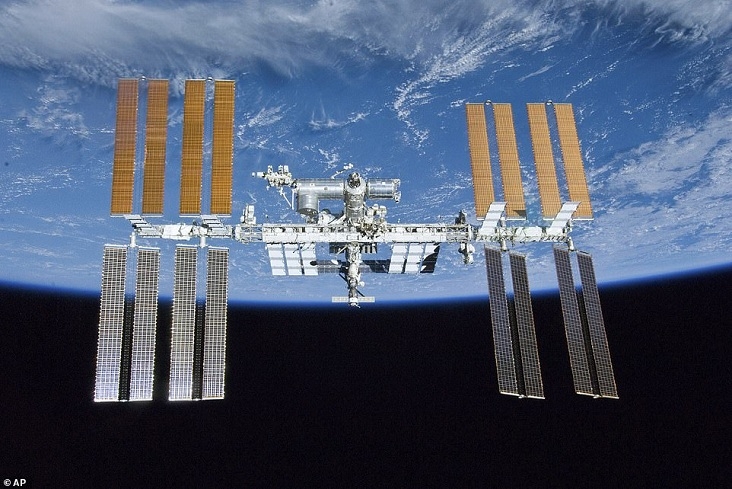ISS marks 20 yrs of people living in orbit
| Date :03-Nov-2020 |

WASHINGTON ;
A Russian Soyuz rocket had launched the One Crew Expedition on October 31, 2000, and docked with the space station two days later
NOVEMBER 2 marks 20 years since the first residents arrived on the International Space Station (ISS). The orbiting habitat has been continuously occupied ever since. Twenty straight years of life in space makes the ISS the ideal “natural laboratory” to understand how societies function beyond Earth. NASA has said the orbiting laboratory has turned into a world-class facility for research which has conducted thousands of investigations from over 100 different countries.
The ISS is a collaboration between 25 space agencies and organisations. It has hosted 241 crew and a few tourists from 19 countries. This is 43 per cent of all the people who have ever travelled in space. As future missions to the Moon and Mars are planned, it’s important to know what people need to thrive in remote, dangerous and enclosed environments, where there is no easy way back home.
A Russia Soyuz rocket had launched the One Crew Expedition on October 31, 2000, and docked with the space station two days later. When the Expedition 1 crew of Commander William Shepherd of NASA, Flight Engineer and Soyuz Commander Yuri Gidzenko of Russian space agency Roscosmos, and Flight Engineer Sergei Krikalev of Roscosmos reached the space station on November 2, 2020, it was a small orbiting complex of just three modules. It evolved into a sprawling research complex over the years and today it is as large as a five-bedroom home. The primary pieces of the space station were delivered on 42 assembly flights: 37 on the US space shuttles and five on Russian Proton/Soyuz rockets.
Elements were constructed independent of one another around the globe and assembled for the first time in space, NASA said, adding that the space station took 11 years to fully construct. The principal space agencies are the United States’ NASA, Russia’s Roscomos, ESA (European Space Agency), Japan Aerospace Exploration Agency (JAXA) and the Canadian Space Agency (CSA). NASA said that around 250 scientific investigations are conducted on the station at any given time, and an expedition astronaut’s usual stay aboard the orbiting laboratory is six-months. The space station serves as a test bed for innovative technologies like recycling waste plastic and carbon dioxide filtration that are critical for long-duration missions on the lunar surface in the Artemis programme. November 2 marks two decades of continuous human presence on the orbiting laboratory comprising 241 people across 64 crews.






